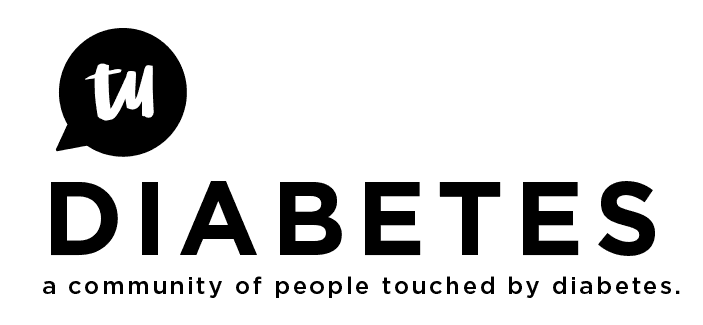I have had diabetes 59-years, and been on a pump over 30-years. I run a consistent A1C of 6. I use a Tandem T-slim Insulin Pump. The Control IQ does a credible job. Yet I continue to struggle with night time lows. Daytime is well controlled.
It is as though my body goes into a different mode at night. This is not new, but thought I would take another stab at figuring it out.
I can go to bed at the ideal 125, but then it begins to drop. When my sugar drops; it is a nosedive, and can be 40 before I know it. Yes I use the alarms, but they are not perfect.
There is the rule that if we eat food, we must bolus, but when. I usually start with three glucose tablets. Sometimes that settles it for awhile before it drops again. Other times it sends it over 200. It is costing me valuable sleep. I stay awake and set timers to keep check on it. Milk works well, but not perfect. Much better for me than juice or crackers. I am extremely carb sensitive.
Because we are retired we often only eat breakfast and lunch, and snack for dinner. I do not like to eat before bed because of esophagus reflex.
My daytime basal rate is 1.1, my night time basal rate is 0.02. Any higher and there are more lows, any lower and there are highs. My insulin to carb during the day is 1:15, night time 1:50.
If you have snacks that work for you to keep it stabilized; I am all ears. Any suggestions will be appreciated.
Thank you.


